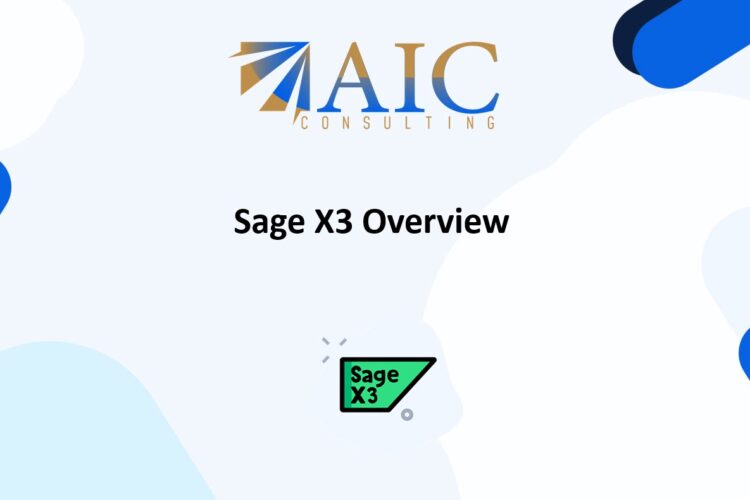
In this video, we will show you “How to mass update GL Accounts with a new dimension type in Sage X3”
Explore our YouTube channel for the latest videos and access free training videos for Sage X3
Please contact us for all your Sage X3 training needs.
Understanding GL Accounts in Sage X3
A General Ledger (GL) account in Sage X3 is a fundamental component of the accounting system, used to record and categorize all financial transactions. These accounts are essential for maintaining accurate financial records and generating meaningful financial reports.
What is a GL Account?
A GL account is a unique identifier within the General Ledger that tracks specific types of financial transactions. Each GL account is associated with a particular category, such as assets, liabilities, equity, revenue, or expenses. These accounts help in organizing financial data, making it easier to analyze and report on the financial health of the organization.
Key Features of GL Accounts in Sage X3
-
Categorization:
- GL accounts are categorized into different types, such as asset accounts, liability accounts, equity accounts, revenue accounts, and expense accounts. This categorization helps in organizing financial data systematically.
-
Account Structure:
- In Sage X3, GL accounts can be structured using up to 32 alphanumeric characters This flexibility allows organizations to create a detailed and customized chart of accounts that meets their specific needs.
-
Transaction Recording:
- All financial transactions are recorded in the appropriate GL accounts. This includes entries from various modules such as purchasing, sales, inventory, and payroll. Accurate recording ensures that financial statements reflect the true financial position of the organization.
-
Reporting and Analysis:
- GL accounts provide the basis for generating financial reports, such as balance sheets, income statements, and cash flow statements. These reports are crucial for analyzing the financial performance and making informed business decisions.
Benefits of Using GL Accounts
-
Accuracy:
- GL accounts ensure that all financial transactions are recorded accurately and consistently, reducing the risk of errors.
-
Compliance:
- Proper use of GL accounts helps organizations comply with accounting standards and regulations, ensuring that financial reports are reliable and trustworthy.
-
Efficiency:
- By categorizing transactions into specific GL accounts, organizations can streamline their accounting processes and improve the efficiency of financial reporting.
-
Insight:
- Detailed GL accounts provide valuable insights into the financial health of the organization, helping management make informed decisions.
In conclusion, GL accounts in Sage X3 are essential for maintaining accurate and organized financial records. They play a critical role in recording transactions, generating reports, and providing insights into the financial performance of the organization. Understanding and effectively managing GL accounts is key to ensuring the financial integrity and success of your business.
If you have any questions or need further assistance with GL accounts in Sage X3, feel free to reach out!


